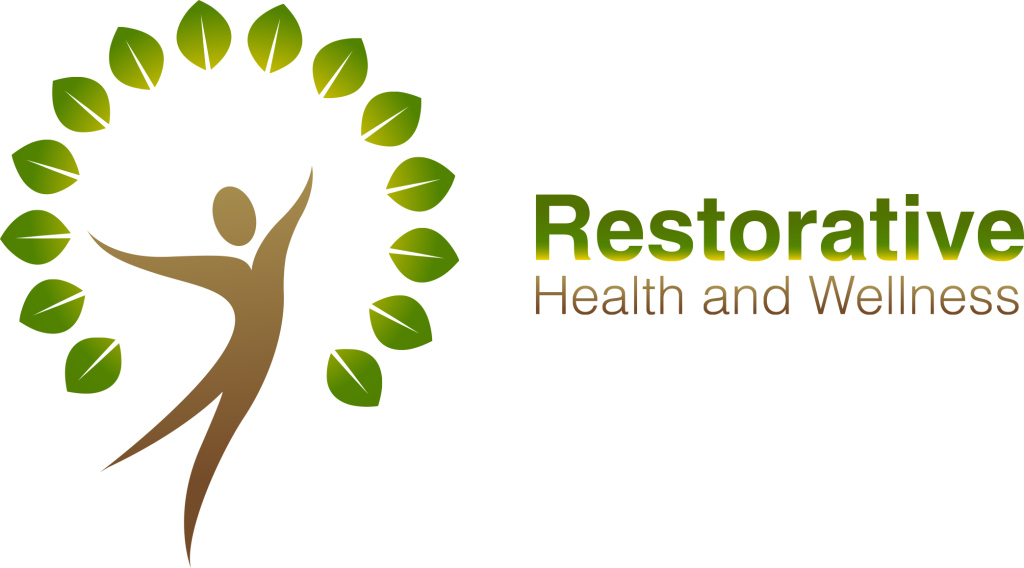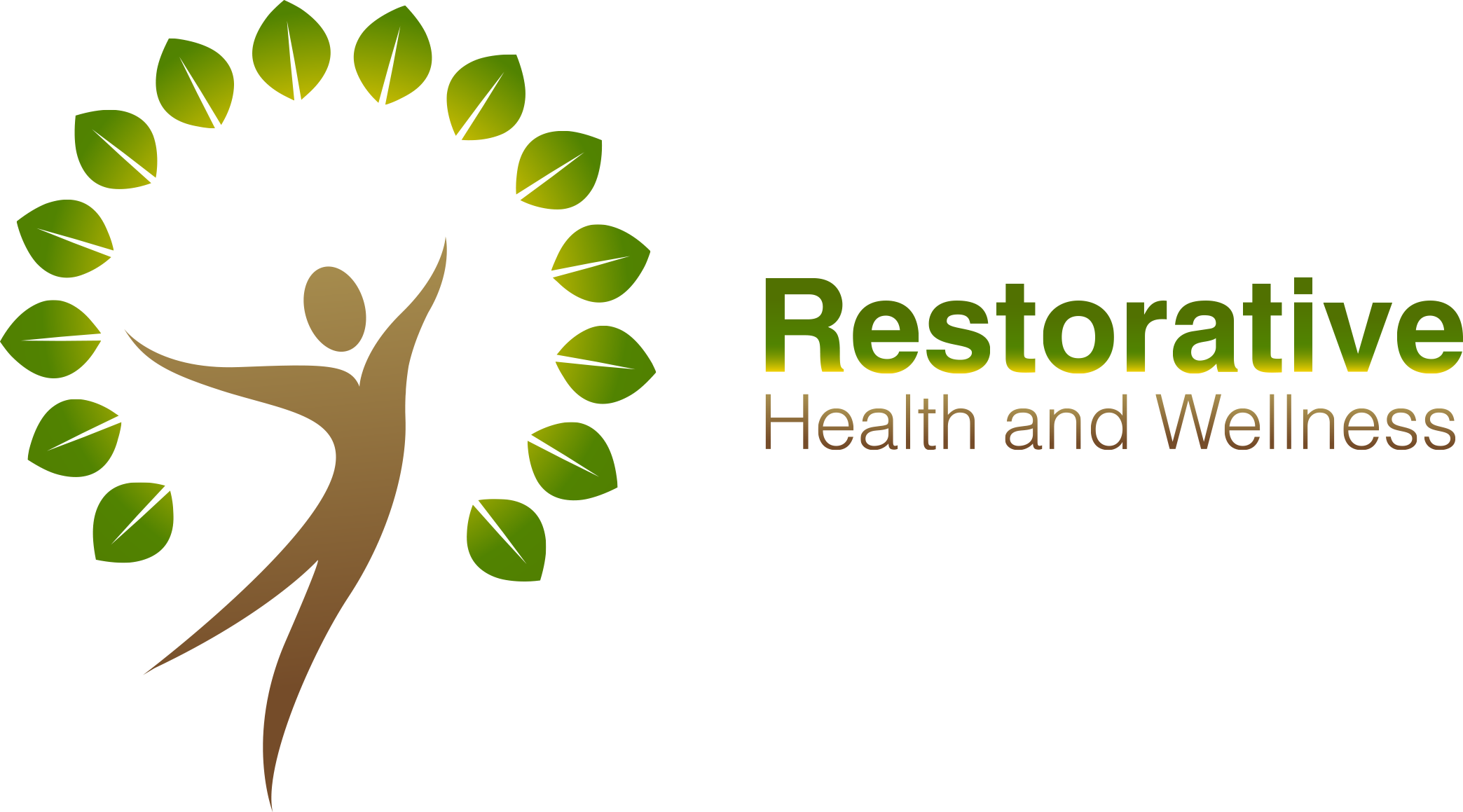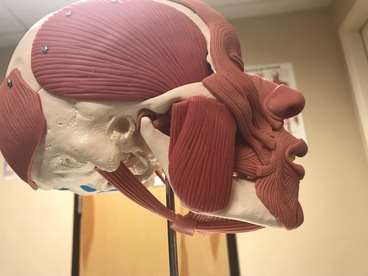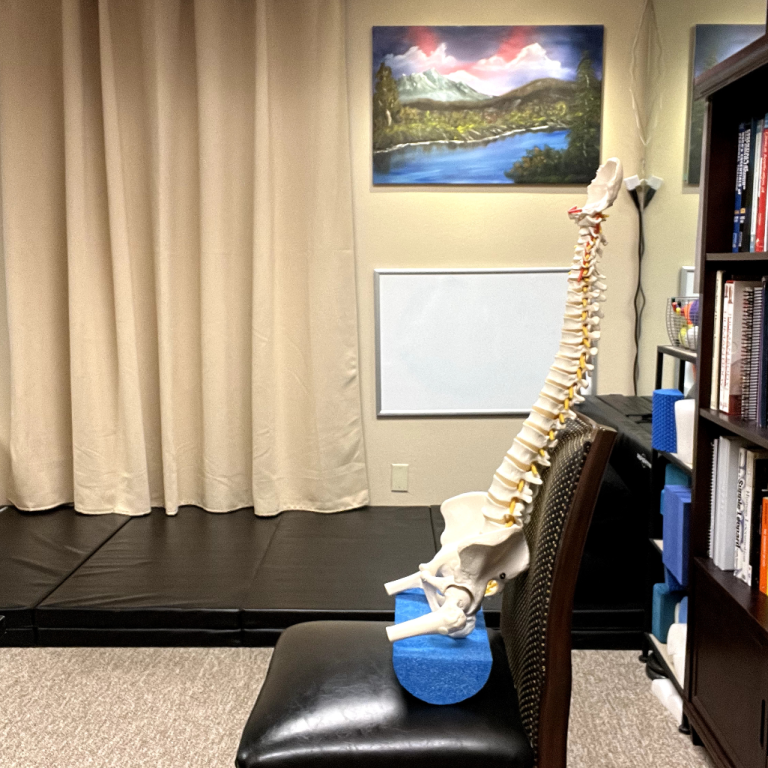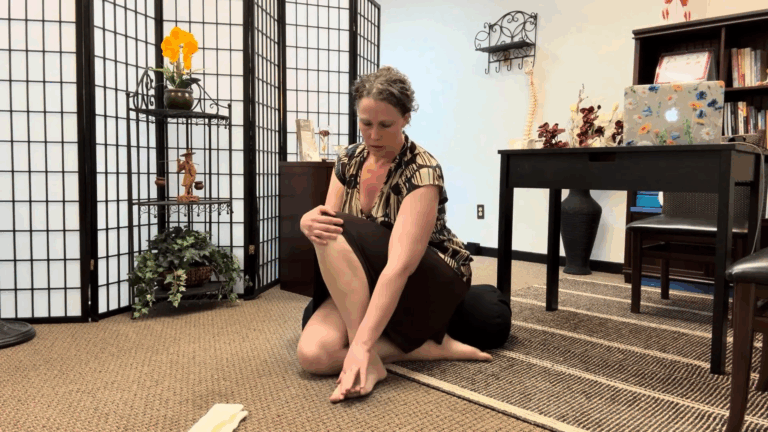Creating New Habits: Simple Strategies to Integrate Positive Changes into Your Daily Life
Creating new habits can often feel overwhelming, especially when life’s unpredictability throws stress and distractions our way. My name is Emily Boudwin, and as a neuromuscular massage therapist and restorative exercise specialist, I’ve worked closely with many clients to help them incorporate beneficial body adjustments and self-care routines into their everyday lives. In this article, I’ll share practical advice and simple strategies for creating new habits that stick — by anchoring them to habits you already have. Whether you’re trying to manage pain, improve posture, or simply introduce a new wellness practice, these tips will make the process approachable and sustainable.
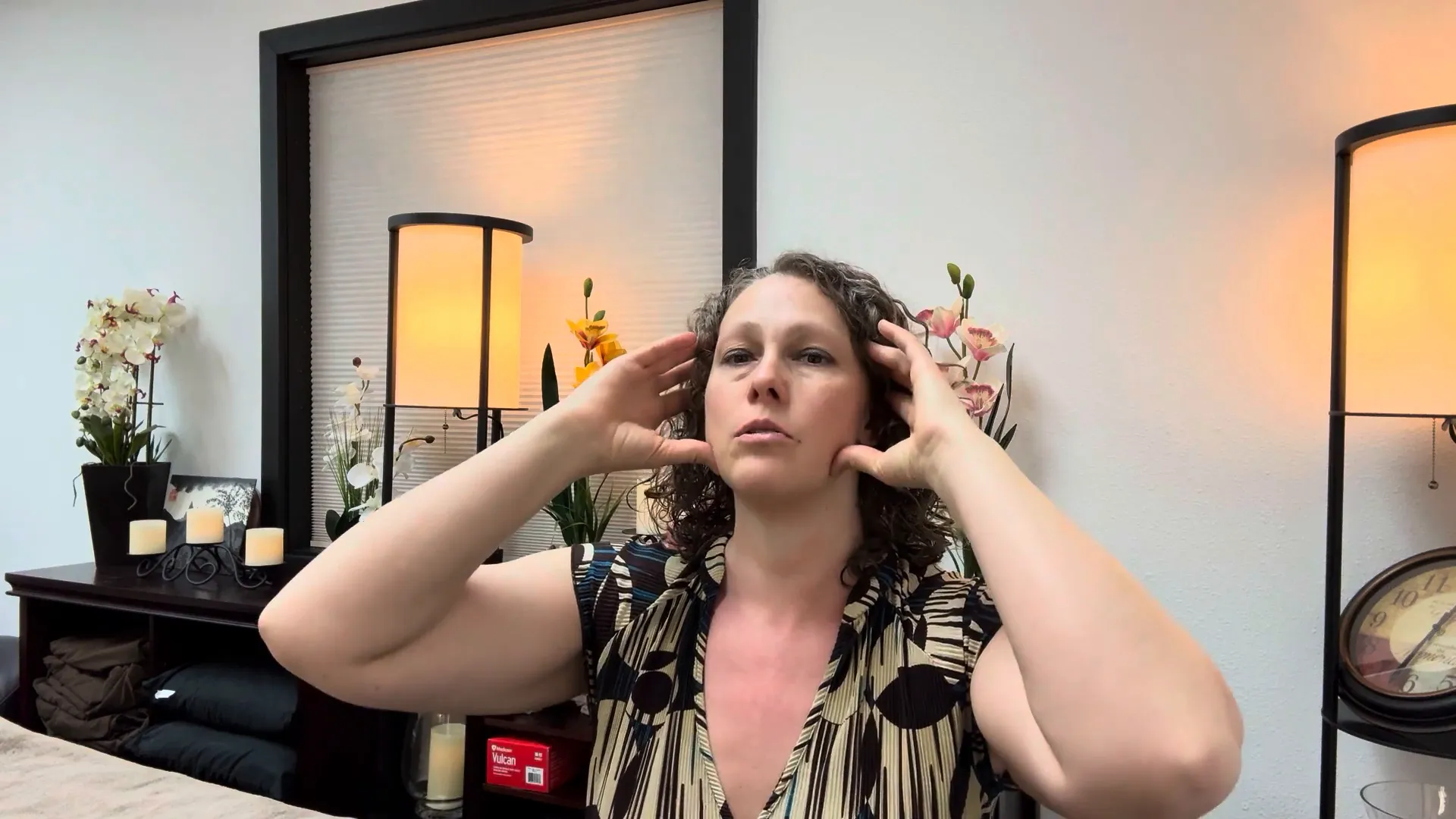
Why Creating New Habits Is Challenging
Trying something new can feel like a big task. Often, we start with enthusiasm but quickly lose momentum because the new habit feels disconnected from our existing routines. Life’s stresses, busy schedules, and unforeseen events can derail the best intentions. It’s important to remember that this is normal. Instead of beating yourself up when you miss a day or forget, it’s better to adopt a gentle, patient approach.
One of the most effective ways to ease into creating new habits is to attach them to something you already do regularly. This method leverages existing neural pathways and routines, making the new behavior less of a disruption and more of a natural extension.
Attach New Habits to Existing Ones: The Key to Success
Imagine you want to improve your posture by making slight adjustments throughout the day, or you want to incorporate therapeutic massages to relieve jaw tension or plantar fasciitis pain. Here’s the trick: link these new actions to habits you already have firmly established.
Example 1: Use Mirrors as Habit Triggers
Every time you pass a mirror or reflective surface, take a moment to check your posture or make a small body adjustment. This could be as simple as relaxing your shoulders, adjusting your head alignment, or noticing your walking gait. Mirrors and reflections in glass windows act as natural reminders because you already look at them frequently.
Example 2: Incorporate Massage into Bedtime or Morning Routines
If you’re dealing with TMJ pain or plantar fasciitis, try keeping your massage tools—whether disposable gloves for self-massage or a massage gun—right next to your bed. Use these tools before you get out of bed in the morning or right before you go to sleep at night. This timing is perfect because plantar fasciitis pain, for example, tends to be most intense first thing in the morning.
By positioning your equipment where you already perform a routine, you create a seamless transition from one habit to the next. You don’t need to remember to do something extra; you just add a step to what you already do.
Practical Tips for Creating New Habits
1. Pick One New Habit at a Time
Trying to change too many things at once can be overwhelming and counterproductive. Start with one habit that feels manageable and meaningful. Focus on integrating it consistently before moving on to another.
2. Use Visual Reminders
Sticky notes, alarms, or placing tools in visible spots can help reinforce your new habit. For instance, one of my clients puts sticky notes on her bathroom mirror as a prompt to perform body adjustments right after brushing her teeth.
3. Be Kind to Yourself
Don’t berate yourself if you forget or miss a day. Life happens, and stress can interfere with routines. Remember that consistency builds over time, not overnight. Patience is essential.
4. Observe and Adjust
Watch how your body responds to these new habits. If a particular time of day or method isn’t working, tweak your approach. Maybe the morning is too rushed, and evenings are better for your massage routine. Flexibility helps maintain long-term success.
The Science Behind Habit Formation and Body Awareness
When we talk about creating new habits, it’s not just about willpower. Our bodies and brains are wired to repeat familiar patterns. This is why anchoring new habits to existing routines is so effective—it taps into the brain’s natural tendency to automate repetitive behaviors.
Movement specialist Katie Bowman highlights how even someone deeply experienced in body awareness can slip back into old patterns when not paying attention. For example, she noticed that while walking down a beach enjoying the scenery, her feet started pointing outward, “walking like a duck,” a posture she had worked hard to correct. This shows how ingrained habits are and how easily they can resurface.
This phenomenon also extends to how we mimic those around us. Often, our posture and movement quirks mirror the people we spend the most time with—parents, siblings, or close friends. Looking at old photos can reveal these inherited habits, which underscores the importance of conscious, intentional changes for lasting improvement.
How to Build Sustainable Habits for Long-Term Wellness
Creating new habits is a journey, not a quick fix. Here are some strategies to help your new habits become a permanent part of your lifestyle:
- Consistency Over Perfection: Aim to perform your new habit regularly, even if imperfectly. Doing a little every day is better than doing a lot sporadically.
- Celebrate Small Wins: Acknowledge your progress, no matter how minor. This positive reinforcement encourages continued effort.
- Track Your Progress: Use a journal, app, or calendar to mark days when you successfully complete your new habit. Visual progress can motivate you.
- Stay Flexible: Life changes, and so should your habits. Adjust timing, tools, or methods as needed to fit new circumstances.
- Seek Support: Share your goals with friends, family, or a coach who can encourage and remind you.
Integrating Body Adjustments into Daily Life
Whether it’s a small posture correction or a specialized massage for TMJ or plantar fasciitis, integrating these practices into your day can lead to significant benefits over time. Here’s a simple step-by-step tutorial to start creating these habits:
- Identify Your Trigger Habit: Choose an existing habit or routine you do daily, such as brushing your teeth, getting out of bed, or passing a mirror.
- Prepare Your Tools: Place any necessary equipment (massage gloves, massage gun, foam roller) near your trigger habit location.
- Set a Reminder: Use sticky notes, phone alarms, or visual cues to prompt you to perform the new habit.
- Perform the New Habit: For example, while brushing your teeth, pause to check your posture in the mirror and correct it. Or before getting out of bed, perform a gentle massage on your feet if you have plantar fasciitis.
- Be Patient and Adapt: If you miss a day, don’t get discouraged. Adjust your approach as needed and keep trying.
Final Thoughts on Creating New Habits
Creating new habits is a powerful way to improve your health, posture, and overall well-being. By attaching new behaviors to existing routines and using simple reminders, you can make these changes feel natural and achievable. Remember, it’s about progress, not perfection. Life will throw challenges your way, but with patience and persistence, you will see positive transformations.
As you embark on this journey, keep in mind that your body remembers patterns from those you’ve spent the most time with, but it also has the incredible ability to learn and adapt. Each small adjustment you make builds toward a healthier, more balanced you.
I hope these insights and practical tips help you as you start creating new habits that support your health and wellness. Take it one step at a time, be kind to yourself, and enjoy the process.
Wishing you all the best on your journey to better habits and a healthier body!
